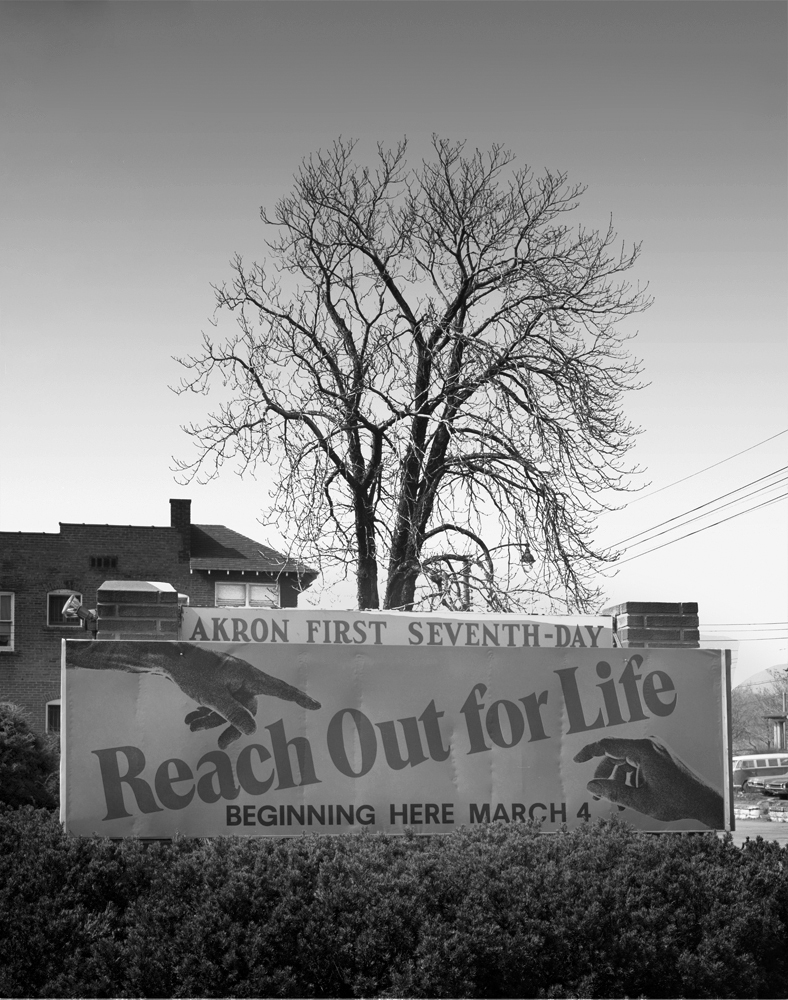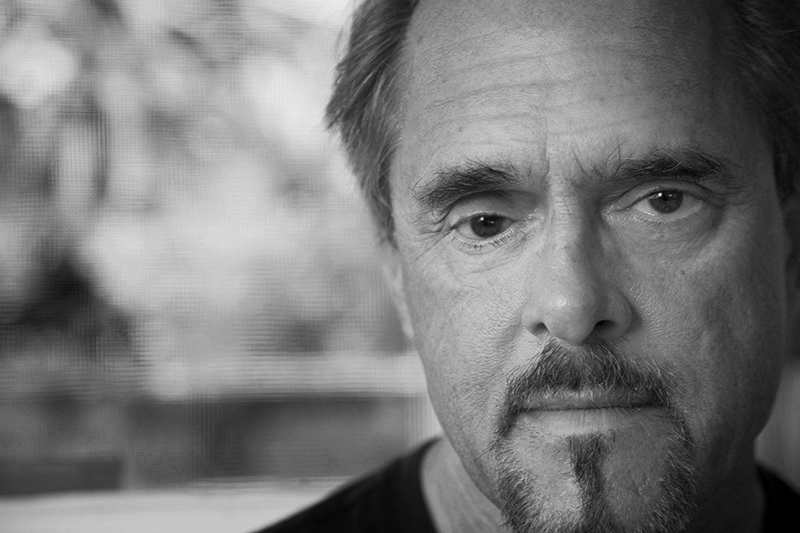One taste remains from my experience of losing an eye that I hope to keep alive. Seeing became an intentional action that was novel and fresh, infused with new and unexpected challenges as I faced the world with a limited visual field and diminished depth perception. It is still true today. I am learning to see and navigate my world anew every day. I never know what I might learn of vision and awareness on a daily basis.
In modern society, we treat seeing with little respect. We don’t think about it or pay much attention to it. We tend to like grand displays that titillate the eyes and stimulate the senses such as in the movies or within many forms of media. Our visual propensity often leans towards richly painted sunsets or highly colorful scenes instead of witnessing the subtlety and complexity of each and every moment.
As an artist and seeker, I’ve come to respect the great potential found in striving to integrate our tri-part organs of perception: mind, body, and feeling. Like many, I’m often dominated by my mind and a rational view of the world. Losing an eye forced me to pay greater attention to my body, open my feelings, and spark a new relationship to the subtle undercurrents of silent awareness in my mind. For me, seeing is now more of a question than an answer, more of an evolving process than a function, and more of a mystery than a known, taken-for-granted action. However, it is difficult for me to stay in a state of not-knowing, to open to a state of humility and questioning where real discoveries can be made beyond the mere comfort of what I think I know.
As a young man, I had better than 20/20 vision. I could see. Taking great delight in vision itself, I spent much time simply walking around the world looking at things, savoring their qualities and appreciating their unique form. I was touched by the existence of light itself. Yes, I loved to see. It even became my profession. However, I was addicted to seeing. It was over-extended at the expense of my other senses. I over-relied on the sight of my eyes. Like a child attracted to shiny objects and bright colors, I was endlessly fascinated with the world of appearances — a subtle and insidious, yet enjoyable trap.
After losing an eye, this all changed suddenly and irrevocably. Now, with a diminished visual field, less acuity, and decreased depth perception, seeing is, quite frankly, not nearly as much fun. At times, it is even laborious and a bit of a chore. Put me on a slanted, steep roof, for example. Or try playing badminton with me. But this is a good thing. While seeing may be less enjoyable, it is more of a miracle. I was given the privilege of losing an eye, so I could learn to value inner seeing and deep perception.
Now, seeing takes place on a more empathetic level. My vision is not as sharp or clear, but it has dramatically deepened and widened. No longer seduced by sheer visual delight, I can enter more fully into the energies of objects and people. My vision, in a strange way, is more impartial. I am now more interested in content than beauty and value relatedness over infatuation. Seeing is more connected to feeling, relies more directly on intent and attention, and comes less under the spell of my desire-nature. Consumer fantasies and media distortions no longer hold as much power over me. Thank god. What I might call inner seeing takes precedence over the mere world of the senses. At times, glimpses of truth appear by loosely resting my gaze on something or someone, staying within my body and deeply sensing their energies and being. Though I cannot lay claim to visionary perception, in rare instances, hints of prescient sight, revealing what is or might be, call from a distant region of my consciousness. It is easier now to see from within, leaving room for responses that emerge through my mind’s eye. Metaphoric images, giving insight into the nature of an object or person, sometimes superimpose on my field of vision. It is as if the good eye sees, while the blind eye realizes — and this can happen simultaneously.
I am far more sensitive to the vibrations that enter through all the senses, not only sight, and more connected to energies rather than surface appearances. For this, I credit the wisdom of the body and the re-education, the instinctive re-formation, of neural pathways resulting from the traumatic change in my visual capacity. These changes were forced upon me unwillingly. Once accepted, I tried to make the best possible use of them. I believe that empathetic seeing is available to all, but requires the re-education of vision through a broad attention and deep engagement with the energies of the human body.
My photography teacher Minor White taught seeing from a state of inner silence and through engaging the body, particularly the solar plexus. Carlos Castaneda’s Don Juan entreats that we “stop the internal dialogue” in order to see what is and describes the solar plexus as the generative center of deep perception. In my own experience, these generative energies in the body can gather as a luminous pool in the solar plexus and aid in the intelligence of vision—an intelligence that transcends words, facts, and rationality. This form of perception can open us to the energies that interweave all things and unify us with life itself. This constitutes the second attention, where seeing arises from its own volition, governed by a higher source, fueled by relaxation of the body and the mind and makes it’s appearance through the cracks in our ordinary perception.
Through contemporary neuroscience, we have come to understand that the left brain rules rational thought, analytic understanding, language, and linearity. Through the left brain, we anticipate the future and plan ahead. Most of us in modern society are ruled by the left brain. We think and see with language and words, and our perceptions relate to past knowledge and empirical understanding.
Conversely, the right brain rules feeling, intuition, compassion, creativity, formlessness and seeing the world as energy dynamics. Its perceptions are always in the present moment, are wordless and without concepts, but rich in feeling beyond the limitations of language. Through the right brain, we see without preconception and bypass the filters of our learned conditioning.
What I experienced with Minor White’s exercises in seeing underlined the inherent magic and mystery of the world. I learned of the potential for perception that could bypass ordinary thought and reactive emotion, that opened into a fresh moment of choiceless, wordless awareness. It was an unknown world, discovered through vision that called forth wonder and deep respect, a response I don’t normally have in my usual half-seeing states of being.
In a world ruled by rationality and words, we might pose the question: How can we engage the right brain in the act of perception?
Can we see without words?
Think of everything you have learned. Now, forget it. We know this is not possible, yet the necessary effort of perception is to move in that direction. The right brain does not know the boundaries between one thing and another, cannot name and categorize things based on knowledge, and cannot remember the qualities of the thing observed. The right brain sees directly into the nature of things. It sees energy, then with the help of the left brain, translates it into myth, symbol, and allegory—and into our creative works in art, business, or with interpersonal dynamics. Our left brain has learned to see predominantly with words.
We need to engage the wordless intelligence of the body and the feelings. It took me a long time to realize this, but the body is the gateway to seeing. Looking outward while maintaining an awareness of the distinct sensations of our body and the wisdom of the feelings allows for dimensional sight. We feel and sense the nature of what or who is in front if us.
My own experiences of dividing my attention, allowing some to remain within my body and some moving outward to be placed in the object of my attention yielded many powerful impressions. The sensitive wisdom of the body and the responsive nature of the heart can teach us much about the object of our attention, with different information than is available through the mind. Contemporary neuroscience has made many strides in understanding the role of the body and the heart in the act of perception.
In a scientific study published in 2004 in the Journal of Alternative and Complementary Medicine, titled Electrophysical Evidence of Intuition: The Surprising Role of the Heart, researches found the unambiguous role that the physical heart plays in perception of the world and events. In this study, twenty-six participants were wired to an electroencephalogram and electrocardiogram and shown 30 calm and 15 emotionally arousing pictures. Most participants had previous experience with meditation and management of emotions. In a high percentage of instances, researchers observed a distinct and measurable deceleration of heart activity prior to viewing the emotionally arousing photos. On average the human heart had a pre-stimulus response to the arousing photos about 4.75 seconds before the photo was viewed. The calm photos generated no such response. The main findings of the researchers were: “(1) the heart appears to receive and respond to intuitive information; (2) a significantly greater heart rate deceleration occurred prior to future emotional stimuli compared to calm stimuli.” The body responds before the mind can know. It is called the “presentiment” effect and other studies have been undertaken that support this hypothesis.
The body knows. It feels quicker, more nimble and sensitive compared to the plodding perceptions of the rational brain. Many such examples can be found related to the role of the body in perception. What does it mean to see from the heart and the body?
In any situation in our lives, we can make this shift of attention into the body. If we wish and try, we can learn to engage this effort at a moment’s notice to help us see accurately and truly. I’m convinced that having one eye is neither a help nor a hindrance to this type of effort and that is available to us all—at any moment.



